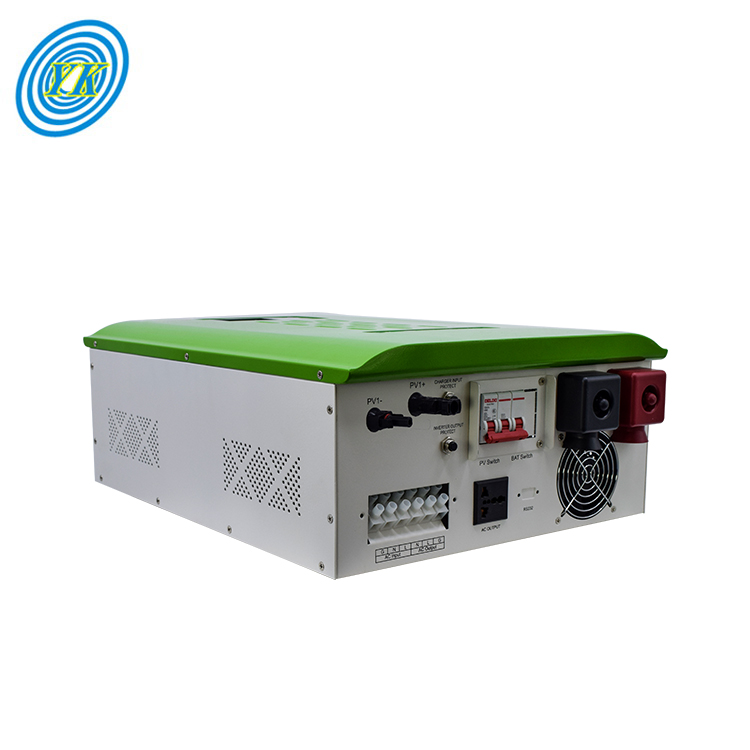News
Harnessing Solar Power: The Evolution and Impact of Inverters with Built-in MPPT Technology
Click: 667 Date: 01/12/2024 2::36::33 PM
Harnessing Solar Power: The Evolution and Impact of Inverters with Built-in MPPT Technology
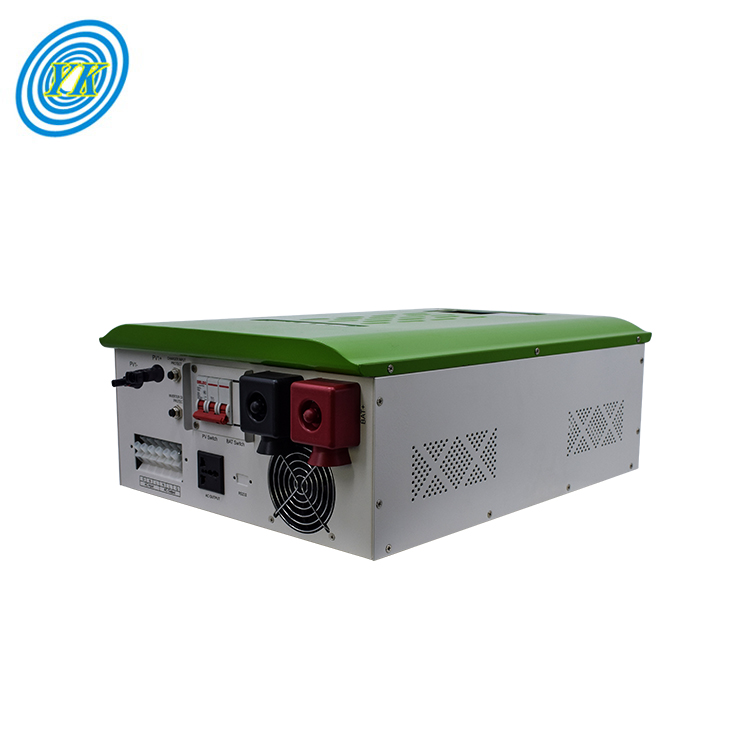
The MPPT solar inverter stands as a pivotal component in modern solar energy systems, enhancing the conversion efficiency of power from solar panels. This advanced device is pivotal in transforming the direct current (DC) produced by photovoltaic cells into an alternating current (AC) that is usable for both residential and commercial purposes.
The core functionality of an MPPT solar inverter lies in its ability to continuously track the solar array's maximum power point. This dynamic tracking allows the inverter to adapt the voltage and current from the solar panels to ensure that they function at their peak efficiency level, regardless of variations in environmental conditions such as temperature changes or shading.
The key advantages of integrating an MPPT solar inverter into a solar setup include:
Enhanced Efficiency: MPPT inverters can elevate the efficiency of a solar power system, sometimes by as much as 30%, enabling a higher electricity yield from the same solar panel array.
Environmental Adaptability: These inverters adeptly handle inconsistent weather and shading, adjusting to maintain optimal performance.
Increased Energy Production: The efficiency gains from MPPT technology lead to more energy generation, optimizing the solar power system's productivity and cost-effectiveness.
Monitoring Capabilities: MPPT inverters often come equipped with remote monitoring features, providing real-time data on system performance accessible via smartphones or computers.
System Longevity: The precise power control offered by MPPT can potentially extend the service life of solar panels by mitigating system stress.
MPPT solar inverters are versatile, finding applications across various domains, from household rooftops to commercial and industrial installations. Their capacity to maximize energy harvest under diverse conditions makes them a universal solution for solar energy conversion.
When selecting an MPPT solar inverter, consider the following:
Inverter Capacity: Match the inverter’s power capacity with that of your solar panel system.
Brand and Quality: Choose inverters from reputable manufacturers known for their reliability and performance.
Warranty: A substantial warranty period is often indicative of the manufacturer's confidence in their product.
Monitoring Options: Prefer inverters that offer monitoring solutions that align with your monitoring preferences and requirements.
In summary, the MPPT solar inverter is not merely an accessory; it's the intellect of the solar power system, fine-tuning efficiency and maximizing output. As the quest for sustainable energy solutions intensifies, the MPPT solar inverter emerges as a key facilitator, ensuring that solar power systems operate at their highest potential, paving the way for a cleaner, energy-efficient future.
Incorporating MPPT functionality directly into solar inverters involves a multi-faceted approach to design that ensures efficient energy conversion, system stability, and adaptability to varying environmental conditions. Here are some key considerations:
MPPT Algorithm Selection and Implementation: A pivotal aspect is choosing an effective MPPT algorithm, like Perturb & Observe or Incremental Conductance, which dynamically adjusts the voltage or current to locate the solar array's maximum power point under varying irradiance and temperature.
System Topology and Component Selection: Designing the system requires selecting the right combination of solar panels, inverters, and other components such as charge controllers and batteries. The topology should support the integration of MPPT in a way that maximizes power extraction without compromising the system's reliability or safety.
Real-time Monitoring and Control Systems: To ensure the MPPT operates at peak efficiency, real-time monitoring of solar panel voltage and current is necessary. This involves using sensors and microcontrollers to adjust the duty cycle of power converters like buck converters, which regulate the power flow from panels to the load or battery storage.
Hardware Implementation and Testing: Physical implementation of the MPPT-integrated inverter requires careful hardware design, including voltage and current measurement sections, microcontroller sections for algorithm execution, and DC-DC converter sections for effective power conversion.
Environmental Adaptability and Efficiency: The design must account for the nonlinear relationship between irradiance, temperature, and the location of the maximum power point. The system should be robust enough to deliver high performance across different environmental conditions and maintain efficiency whether connected to the grid or in off-grid applications.
By considering these factors, designers can create a solar inverter with built-in MPPT that effectively maximizes power output from photovoltaic systems, thereby increasing overall system efficiency and reliability.
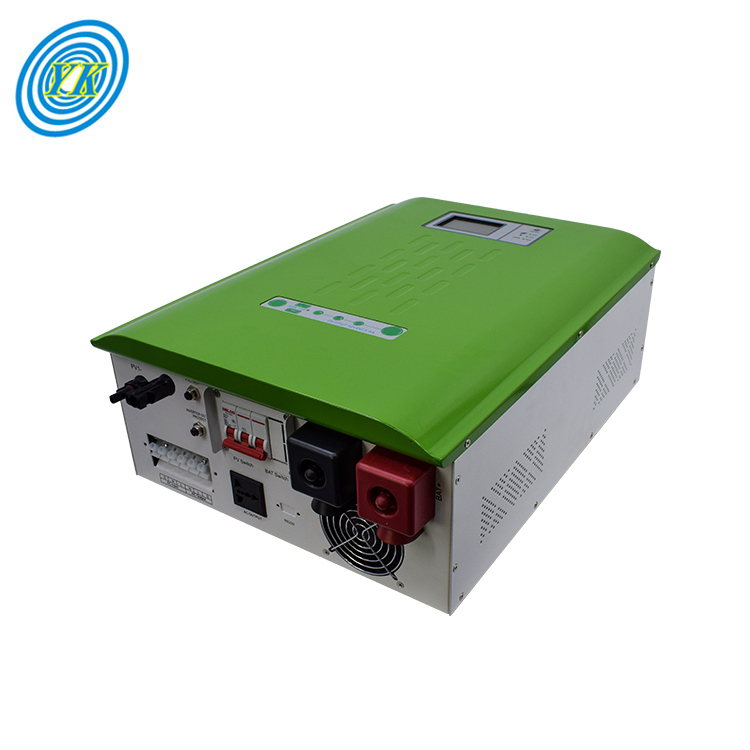
Inverters with built-in Maximum Power Point Tracking (MPPT) technology have evolved to enhance the efficiency of solar systems. One notable advancement in this area is the introduction of three-phase string inverters that integrate MPPT. These inverters offer several advantages:
Maximized Energy Harvest: By using advanced algorithms to continuously track the maximum power point, three-phase string inverters with built-in MPPT can extract maximum energy from the solar array, improving the system's energy yield and performance.
Scalability and Flexibility: These inverters can handle a variety of solar panel configurations and string lengths, making them suitable for both residential and commercial applications, from small rooftop setups to large solar farms.
High Power Conversion Efficiency: Through sophisticated digital signal processing and MPPT techniques, they constantly adjust the power output based on solar irradiance and temperature variations, ensuring efficient power conversion and reducing energy losses.
Advanced Monitoring and Control: Equipped with comprehensive monitoring and control features, three-phase string inverters allow for real-time tracking of energy production, voltage, and current levels. Remote monitoring and system management are also possible, offering insights for system optimization.
Reliability and Durability: These inverters are designed to withstand harsh environmental conditions, ensuring stable operation over the long term. Safety features such as overvoltage and overcurrent protection contribute to the system's longevity and protect against electrical faults.
In summary, three-phase string inverters with built-in MPPT technology offer a robust solution for solar power conversion, addressing energy efficiency, adaptability, and system reliability, making them an excellent choice for optimizing solar energy conversion in various applications.
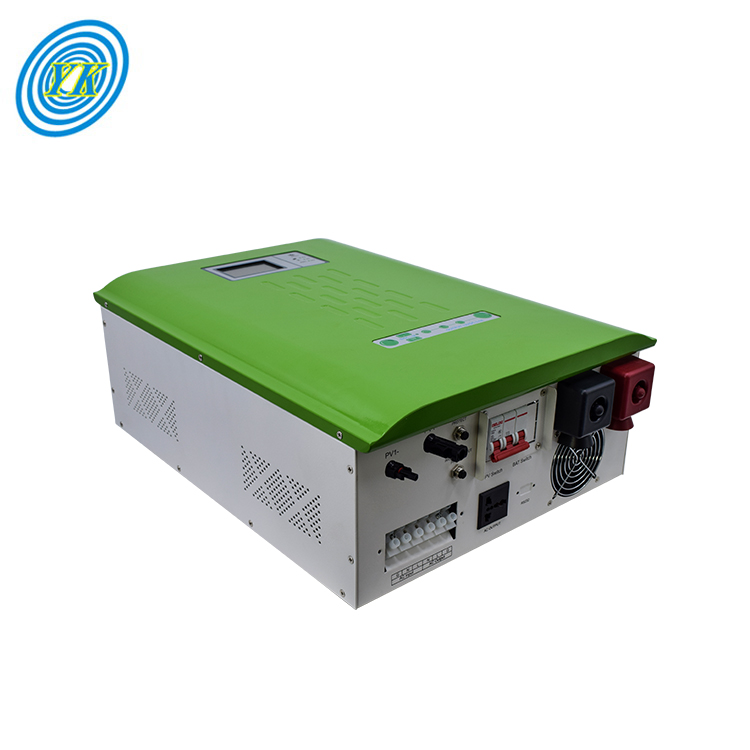
When MPPT (Maximum Power Point Tracking) technology is integrated into an inverter, it brings several benefits that enhance the overall performance and efficiency of solar power systems:
Enhanced Power Generation: Inverters with built-in MPPT are adept at ensuring solar panels consistently deliver power at their optimal performance levels. They achieve this by dynamically adjusting to the solar panels' ever-changing conditions to harness the maximum available energy from the sunlight.
Responsive to Environmental Variations: The built-in MPPT makes the inverter responsive to various environmental factors such as temperature fluctuations, changes in solar irradiance, and partial shading. This responsiveness helps maintain high efficiency in power generation despite these potential disruptions.
Minimization of Energy Loss: With precise tracking capabilities, inverters with integrated MPPT reduce energy losses that might occur due to mismatch or suboptimal operating points. This means that a greater proportion of the solar energy captured by the panels is effectively converted into usable electrical power.
Streamlined Solar System Architecture: The inclusion of MPPT within the inverter simplifies the design of the solar power system by eliminating the need for separate charge controllers. This not only reduces the complexity and potential cost of the solar setup but also streamlines the installation process.
Effective System Monitoring: The integration of MPPT within inverters allows for advanced monitoring of the power production process. This ensures that the system's performance can be closely observed, and any necessary adjustments can be made to maintain high efficiency under all operating conditions.
In summary, the integration of MPPT into inverters significantly improves the operational efficiency of solar power systems by optimizing energy harvesting, adapting to environmental changes, reducing power loss, simplifying system design, and enabling effective monitoring.
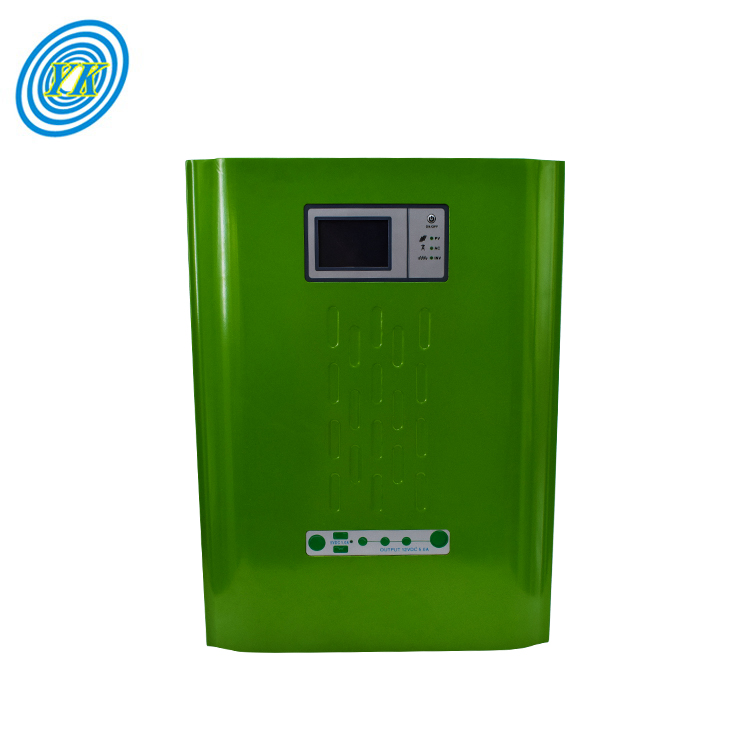
The integration of MPPT into smart inverters is a pivotal development in renewable energy technology, particularly as the world moves towards a more sustainable and resilient power grid. Smart inverters equipped with MPPT are not just passive components; they actively manage power flow, optimize solar panel output, and contribute to grid stability. These advanced inverters are an integral part of the shift towards a grid that can seamlessly incorporate a higher proportion of renewable sources, such as solar and wind.
With the increased adoption of renewables, the role of grid-forming inverters is becoming more significant. Unlike traditional grid-following inverters that require a stable grid signal to operate, grid-forming inverters can initiate and control a power network independently. This quality is especially important for restoring power in the event of blackouts and for operating in microgrids, which are smaller, localized networks of electricity consumers with their own power resources.
Recent advancements in grid-forming inverter technology have focused on developing robust hardware, sophisticated software, and precise control mechanisms. These innovations are crucial for ensuring that inverters can not only manage the variable output from renewable sources but also meet regulatory and technical standards, which are evolving alongside the technology.
To further advance the capabilities of smart inverters with MPPT, researchers and industry professionals are working on refining modeling techniques and proposing new regulatory frameworks to facilitate the integration of these technologies into larger and more complex electric grids. The vision for the next few decades includes a power system architecture that fully leverages the benefits of grid-forming inverters, allowing for a more dynamic and self-sufficient grid that maximizes the use of renewable energy.
